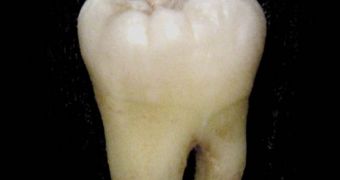A group of investigators at the University of Helsinki Institute of Biotechnology announces the creation of a new computer model meant to reproduce population-level variations in complex organs and teeth. The achievement could in the near future be used as foundation for new techniques designed to construct artificial replacement organs and teeth. Details of the work appear in last week's issue of the esteemed scientific publication Nature.
The model is based on the knowledge that everything in the body of living things is regulated by genes. That is to say, every single cusp of our teeth, for example, is very tightly-regulated by this material. Additionally, all other organs in the body, and most notably their differentiation from their initial state, are also controlled by genes. Scientists have known for a long time that developing a system capable of reproducing these interactions could result in them becoming able to construct artificial organs that are both functional and correctly-shaped.
The research effort was conducted by professor Jukka Jernvall, whose team has been involved with studying these issues for the past 15 years. The specialists investigated the development of mammals' teeth from an evolutionary perspective, and they managed to collect sufficient data to derive the basic principles that nature applies when constructing teeth. One of the things that are very well known is the methods used to regulate teeth development, and the team says that this knowledge base could in the near future be extended to other organs as well. They believe that the basic principles are the same.
What the group discovered throughout its investigations was the fact that the massive amount of genes involved in producing teeth in a mammal creates what can be referred to as a “patterning kernel” for the organs. What this kernel does is basically regulate the variations that teeth exhibit within a given species. This is fairly obvious in humans, where no two individuals have a denture with the same characteristics. Factor regulating cell division are believed to be the main cause for this type of variations, the team says, and their new mathematical model can successfully account for that.

 14 DAY TRIAL //
14 DAY TRIAL //